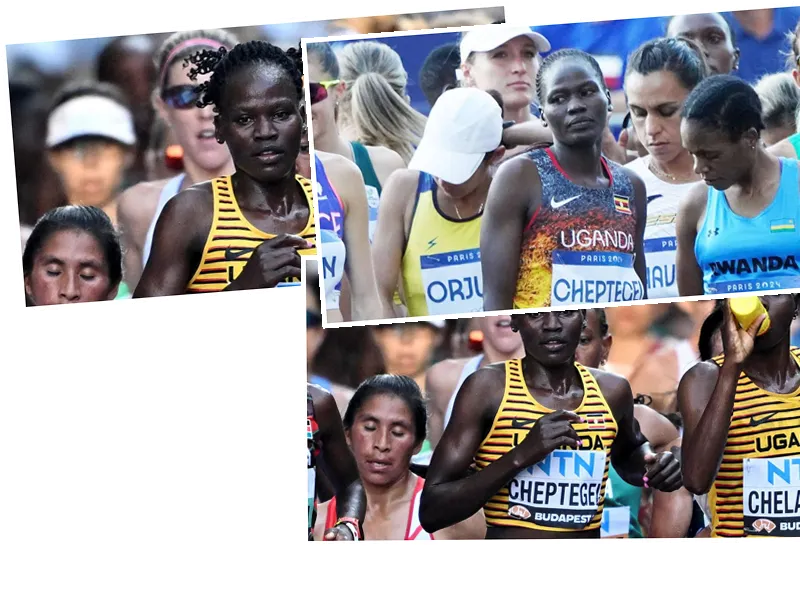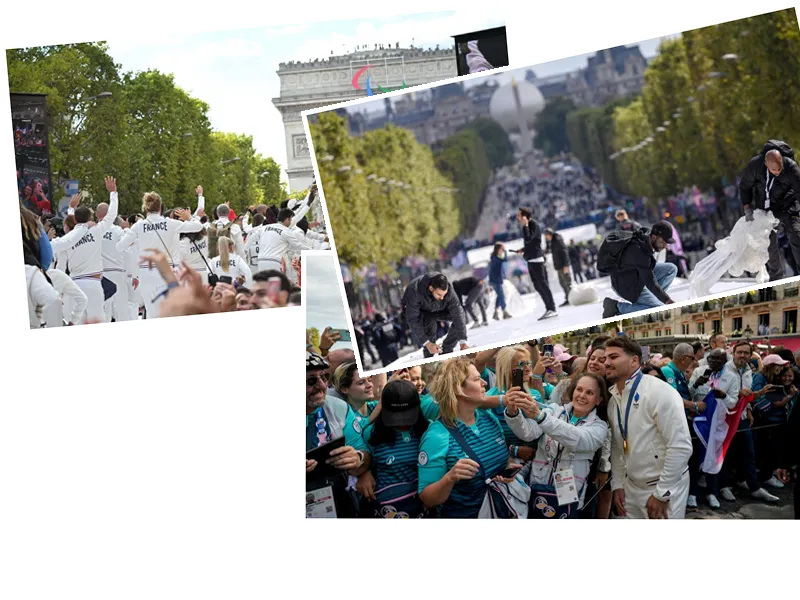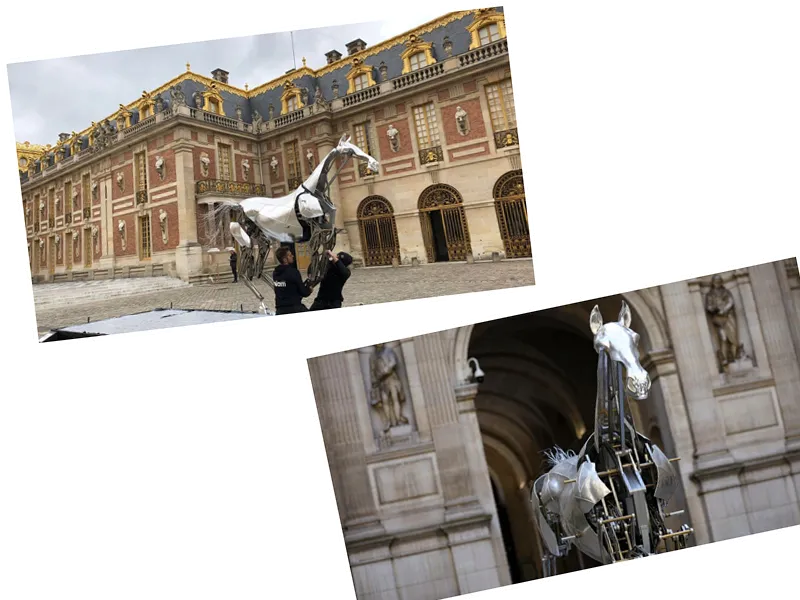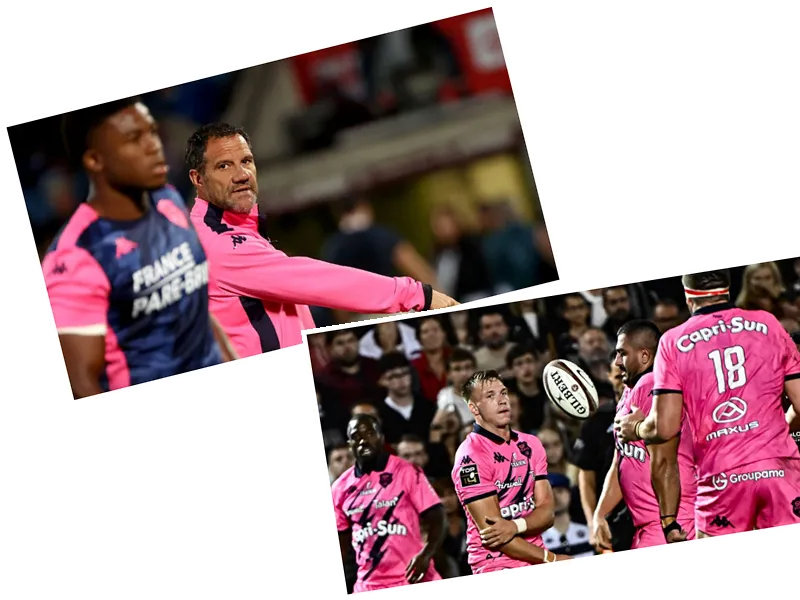The Paris 2024 Olympic Games have kicked off with a wave of enthusiasm and historical significance, showcasing not only athletic prowess but also poignant tributes to the past. The opening ceremony, which featured a stunning display on the Seine River, saw around 6,800 athletes representing their countries, including a notable moment from the Algerian delegation. As they participated in the parade, they honored the victims of the 1961 Paris Massacre by throwing roses into the Seine, a powerful reminder of the historical injustices faced by Algerians during their fight for independence from French colonial rule. This act resonated deeply amidst the celebrations, highlighting the duality of the Games as a platform for both sport and social reflection.
Meanwhile, the excitement surrounding the Olympic cauldron, lit by legends Marie-José Pérec and Teddy Riner, has captivated the public, leading to a frenzy for the 100,000 free tickets made available to get closer to this iconic symbol. The cauldron, located in the Jardin des Tuileries, has become a focal point of the festivities, with discussions underway about its potential permanence in Paris post-Games.
The French delegation has also made a strong start in the competitions, winning multiple medals on the first day, including gold in rugby sevens and silver in judo. This promising performance is reminiscent of France's past Olympic successes and sets a hopeful tone for the remainder of the Games. As the world watches, the Paris Olympics are not just a celebration of athletic achievement but also a moment to reflect on history and cultural identity.
- The Paris 2024 Olympic Games are not only a showcase of athletic talent but also a significant cultural event that brings together a multitude of narratives. The Algerian delegation's tribute to the victims of the 1961 Paris Massacre serves as a reminder of the historical context surrounding the Games. This event, which saw the brutal suppression of Algerian protesters, remains a sensitive topic in French-Algerian relations. The acknowledgment of this dark chapter during the Olympic festivities illustrates how sports can serve as a platform for reconciliation and remembrance. Additionally, the overwhelming public interest in the Olympic cauldron and the surrounding events signals a strong desire among Parisians and tourists to engage with the Olympic spirit. The potential for lasting symbols from the Games, such as the Olympic rings on the Eiffel Tower, reflects a broader conversation about the legacy of the Olympics in host cities. As the Games progress, it will be interesting to see how these themes of history, culture, and sport intertwine.






